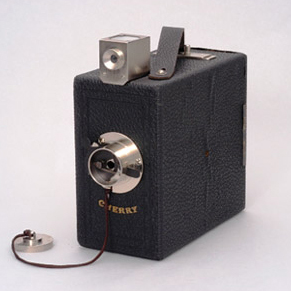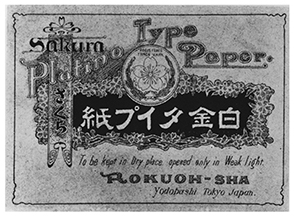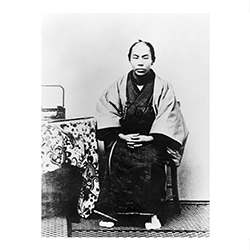
The company we know today as Konica Minolta started as two separate businesses - Konica and Minolta - that merged in 2003.
By the beginning of the 20th century, the company had developed its first camera and a range of quality photographic products. In 1971, Konica released Japan’s first plain paper photocopier, developing a dominant position in high speed, high quality document management systems and imaging products.
This included a latent image transfer system, the world’s first magnification and reduction photocopier, and the world’s first photocopier to produce two-colour images in a single pass. Minolta went on to achieve a strong global presence as a pioneer in the field of high quality imaging technology.
Today, Konica Minolta is expert in 12 core technologies – including materials, optics, nano-fabrication and imaging. It is this passion for excellence in new technologies that ensures we continue to be a world-leader in research.
By the beginning of the 20th century, the company had developed its first camera and a range of quality photographic products. In 1971, Konica released Japan’s first plain paper photocopier, developing a dominant position in high speed, high quality document management systems and imaging products.
This included a latent image transfer system, the world’s first magnification and reduction photocopier, and the world’s first photocopier to produce two-colour images in a single pass. Minolta went on to achieve a strong global presence as a pioneer in the field of high quality imaging technology.
Today, Konica Minolta is expert in 12 core technologies – including materials, optics, nano-fabrication and imaging. It is this passion for excellence in new technologies that ensures we continue to be a world-leader in research.
Launch of the bizhub PRESS C8000, a flagship colour digital production printing system with a printing speed of 80 ppm.
Konica Minolta Australia moves to a prestigious new Head Quarters in Sydney's Macquarie Park, named Konica Minolta House.
Introduction of the world's first multifunction machine.
Minolta Co., Ltd established in Australia.
Introduction of Sakura Natural Colour Film, the first colour film made in Japan.
The "Cherry Hand Camera" is released to the market, Japan's first branded name camera that was mass-produced. It could accommodate six dry plates (57 mm × 83 mm) and was sold at a reasonable price. While cameras had been a special product available only to a limited group of people, such as photography studio owners, the introduction of the Cherry Hand Camera made cameras more affordable for general consumers.

1903 also saw Japan's first photographic paper which was manufactured at the factory and marketed as Sakura Hakkin Type Paper.

Rokusaburo Sugiura begins selling lithographic and photographic tools and materials at Konishiya Rokubeiten in Kojimachi, Tokyo (this was the beginnings of Konica Corporation).
Konishiya Rokubeiten, a medicine wholesaler started by the great-grandfather of Rokusaburo Sugiura, who later changed his name to Rokuemon Sugiura VI, was a leading business establishment in Tokyo. Rokusaburo had his photograph taken at a photography studio when he was twenty-five years old. This experience impressed him greatly and prompted him to begin selling photographic tools and materials. Later, he left his family's business and launched his own shop, Konishi Honten, in Nihonbashi, Tokyo, to deal in lithographic and photographic tools and materials (the beginnings of Konica Corporation).








